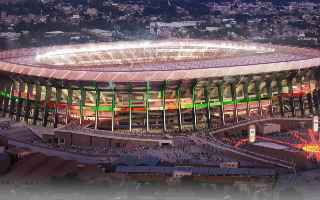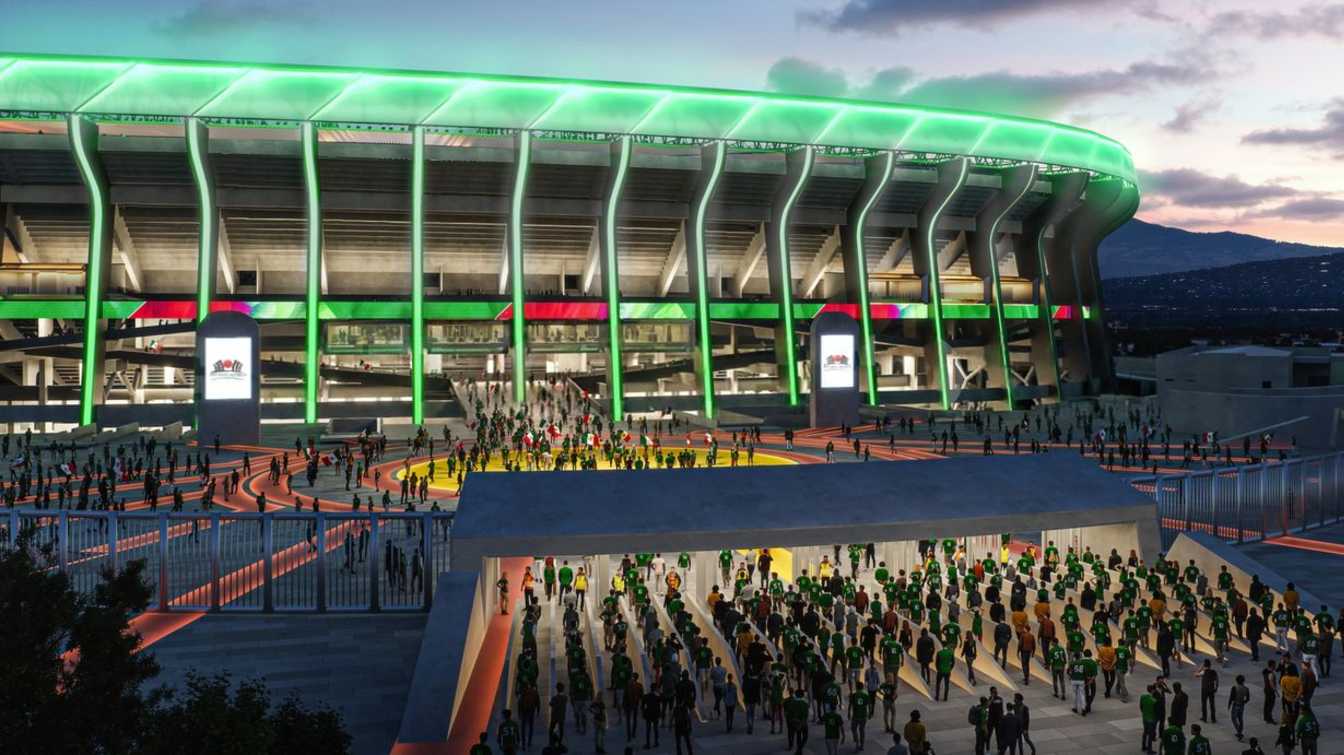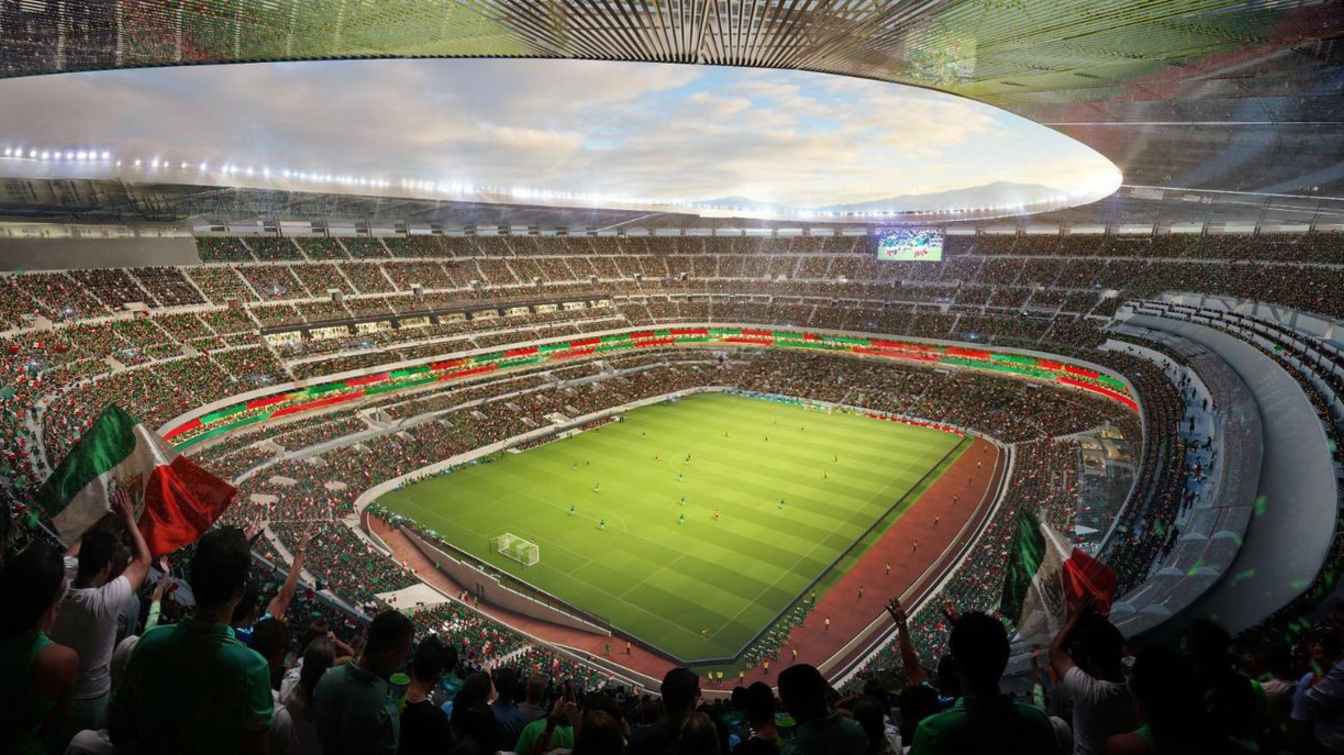Mexico: New opening date for Estadio Azteca and further redevelopment plans
source: StadiumDB.com; author: Jakub Ducki
 In 2026, Estadio Azteca will host the FIFA World Cup opener for the third time in history — a feat no other stadium in the world has achieved. To fulfill its role as host, the iconic venue is undergoing its most extensive renovation in decades.
In 2026, Estadio Azteca will host the FIFA World Cup opener for the third time in history — a feat no other stadium in the world has achieved. To fulfill its role as host, the iconic venue is undergoing its most extensive renovation in decades.
Advertisement
Back in spotlight after years
In 1970, Pelé lifted his third World Cup trophy here. Sixteen years later, Diego Maradona captivated the world on the same pitch. Now, Estadio Azteca is once again making history, set to host the opening match of the World Cup for the third time — a unique distinction that even Maracanã or any European stadium cannot claim.
As part of preparations for the 2026 tournament, co-hosted by Mexico, the USA, and Canada, Azteca closed in May 2024 for a comprehensive overhaul. It is scheduled to reopen on March 28, 2026, just under three months before kickoff.
 © Grupo Reforma
© Grupo Reforma
What’s changing?
The works cover nearly every part of the stadium. One of the main upgrades is the new hybrid pitch — combining natural grass with advanced ventilation, drainage, and air-injection systems. The goal is to prevent issues like the one in 2018, when poor turf conditions led the NFL to cancel a game last minute.
New locker rooms are also being built directly under the stands, closer to the pitch, requiring reconfiguration of the lower seating. All matchday facilities — including referee rooms, medical areas, media zones, and the press conference hall — are being upgraded to meet modern international standards.
Fan comfort and technology are a major focus: over 2,200 m² of LED screens will be installed inside and on the stadium’s façade, supported by 1,200 antennas for Wi-Fi 6. The entire sales system will operate cash-free.
Other renovations include upgraded toilets, sound systems, security with 200 new cameras, elevators, and improved circulation paths. New hospitality areas will cover over 7,000 m², and food services — previously scarce inside the venue — will be fully integrated into the stadium.
During the World Cup, the venue will not use its commercial name, Banorte. FIFA requires neutral naming, so it will appear in official documents as Estadio Ciudad de México.
City authorities have also announced a range of urban projects around the stadium to improve access, safety, and services for the hundreds of thousands of expected visitors. The Azteca’s transformation thus fits into a broader social and tourism agenda.
 © Grupo Reforma
© Grupo Reforma
Not without complications
Despite the ambition behind the renovation, the project has faced controversy. Plans for a shopping center and hotel next to the stadium were scrapped after opposition from residents of the Santa Úrsula neighborhood.
Another dispute involved VIP boxes — some owners refused to hand them over to FIFA during the tournament, leading to intervention from Mexico’s consumer protection agency. Despite the tensions, the works are moving forward to restore Azteca’s rightful place in football’s global hierarchy.
Advertisement
 StadiumDB
StadiumDB